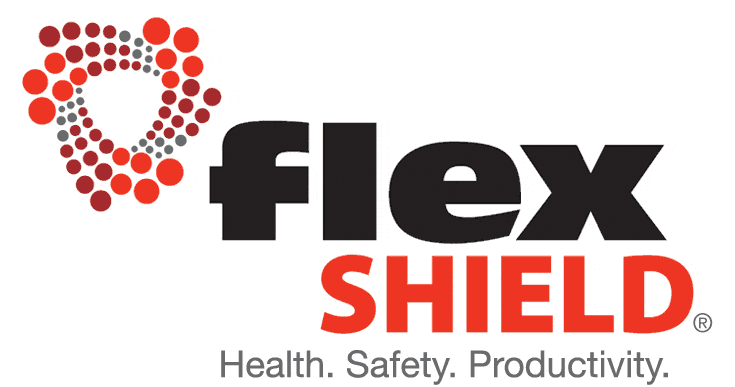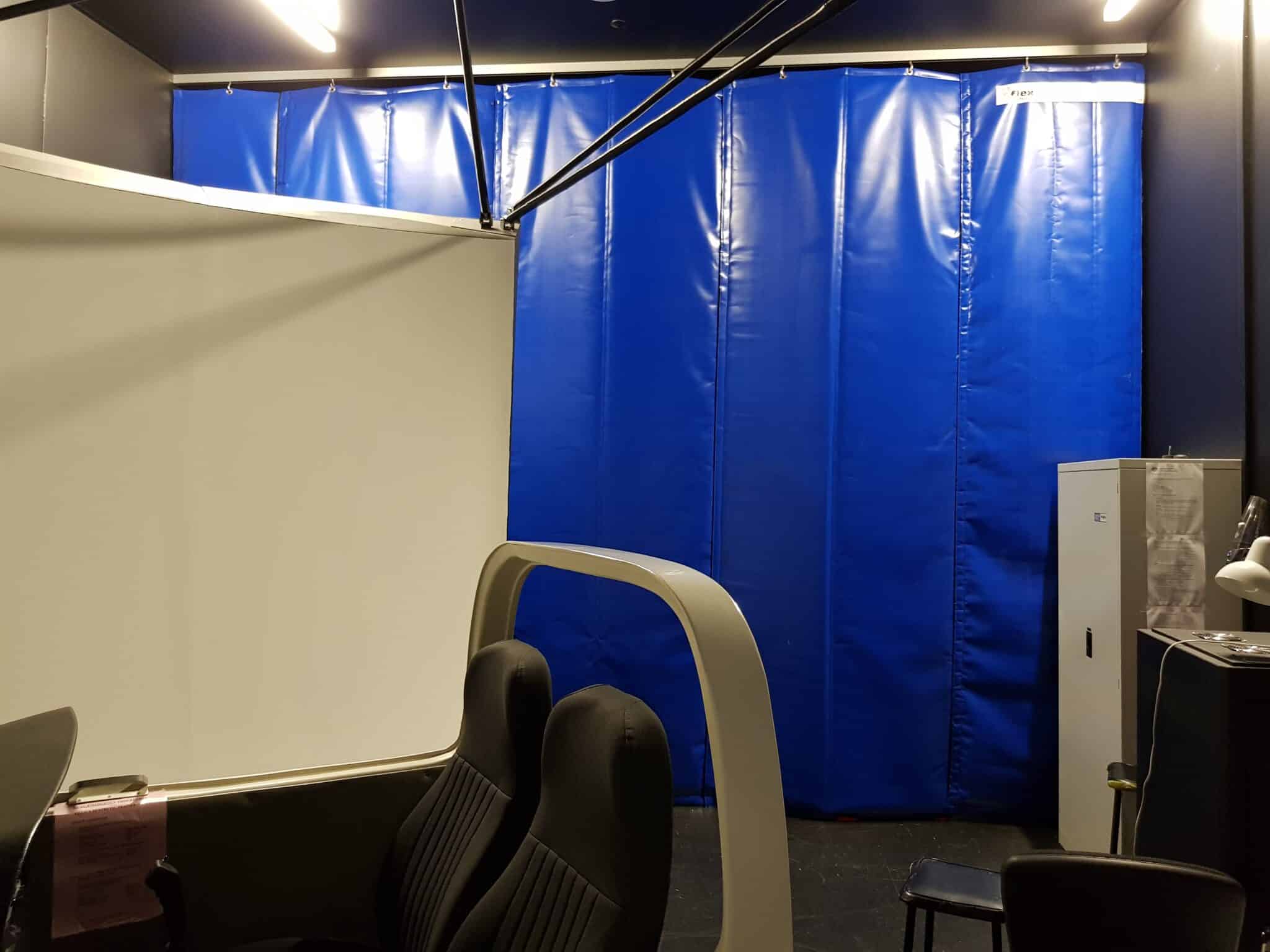Call 1300 799 969 | Contact Us


Home » Understanding noise level readings and sound level meters
Excessive noise in industrial settings can harm the health and wellbeing of workers. Prolonged exposure to loud noise can lead to hearing damage and other adverse health consequences.
To ensure industrial noise does not reach these levels, sound level meters can be utilised to obtain an accurate measurement. This article will explore the functionality of sound level meters, the various types available, and offer tips on how to utilise them for measuring industrial noise.
Sound level meters measure the sound pressure level (SPL) in decibels (dB). Their readings indicate different sound intensity levels, which can affect human hearing and health in various ways.
For example, the threshold of human hearing is 0 dB, whereas the sound produced by a jet engine at take-off can reach up to 120 dB.
Typical noise level readings and their associated effects include:
– 0 dB: The threshold of human hearing
– 30 dB: Whispering, quiet library
– 50 dB: Normal conversation, office environment
– 70 dB: Busy traffic, vacuum cleaner
– 85 dB: Beginning of hearing damage with prolonged exposure, such as in industrial settings
– 90 dB: Lawnmower, power tools
– 100 dB: Jackhammer, loud concerts
– 120 dB: Pain threshold for most people, a jet engine at take-off
It’s crucial to remember that exposure to noise levels exceeding 85 dB for extended periods can result in hearing damage and other serious health issues like tinnitus and stress. That’s why employers must minimise noise exposure for their employees to prevent negative health outcomes.
To ensure accurate measurement of industrial noise, it’s advisable to use a Type 1 or Class 1 sound level meter. These are the most accurate sound level meters, able to measure noise levels with a precision of +/- 1 dB.
Place the meter at a representative location within the industrial facility, such as where machines or workers are most exposed to noise. Ensure the meter is calibrated before use to obtain accurate measurements. The measurement results can then be used to determine whether the noise levels exceed the permissible exposure limits (PEL) set by regulatory agencies such as the OSHA in the United States.
It’s crucial to remember that, despite using a precise sound level meter, external factors such as microphone placement, frequency range, and background noise can still affect the accuracy of the measurement. To obtain the most accurate results, it is essential to adhere to appropriate measurement procedures and calibration standards while considering the instrument’s limitations.
It’s important to consider the health and safety of workers when dealing with industrial noise. Accurate measurement of noise levels is crucial in determining if they exceed safe limits. Employers should reduce noise exposure for their workers to prevent negative health effects, particularly hearing damage.
To ensure accurate measurement of noise levels, use sound level meters and take care to follow the proper measurement procedures. By doing so, we can protect workers from the harmful effects of industrial noise.
If you need to determine the noise level in your industrial facility, it pays to seek the help of a reputable industrial noise control company such as Flexshield. Our team will visit your site, assess your business operations, measure the noise level, and suggest the most suitable solution.
If you would like more information about any of our products, call 1300 799 969 or contact us online.